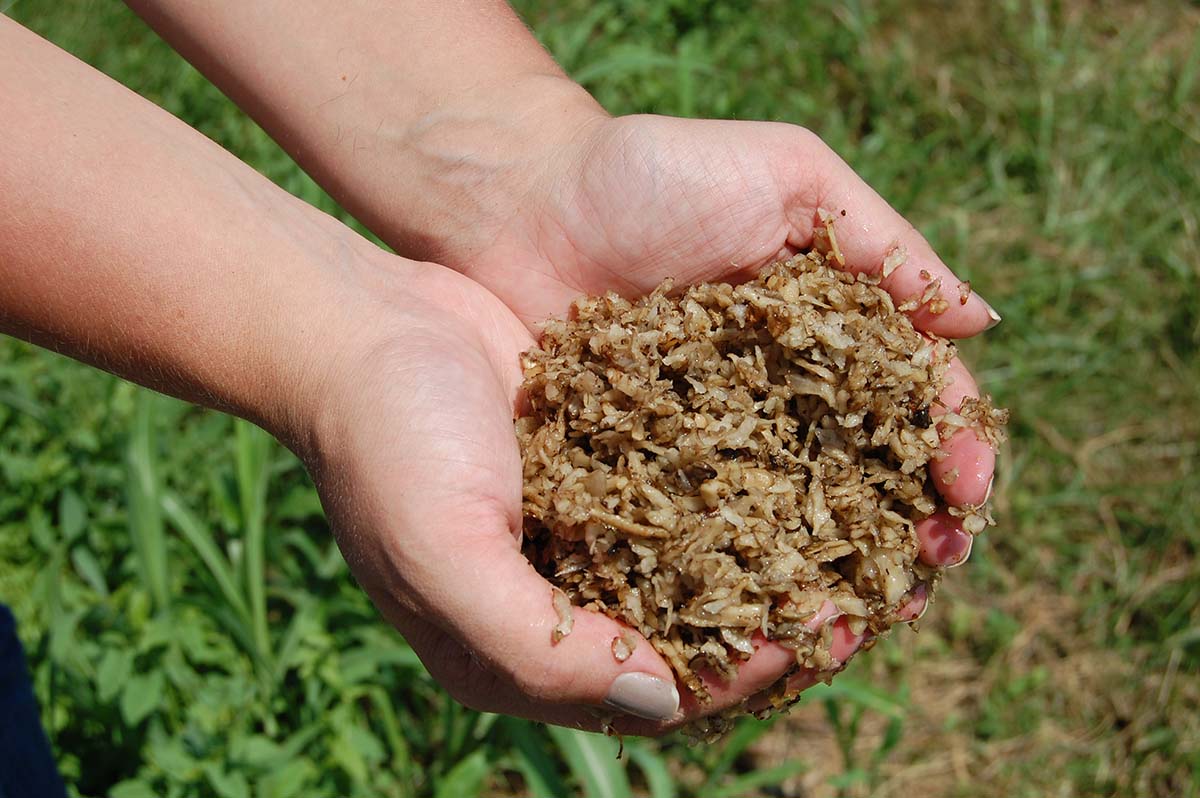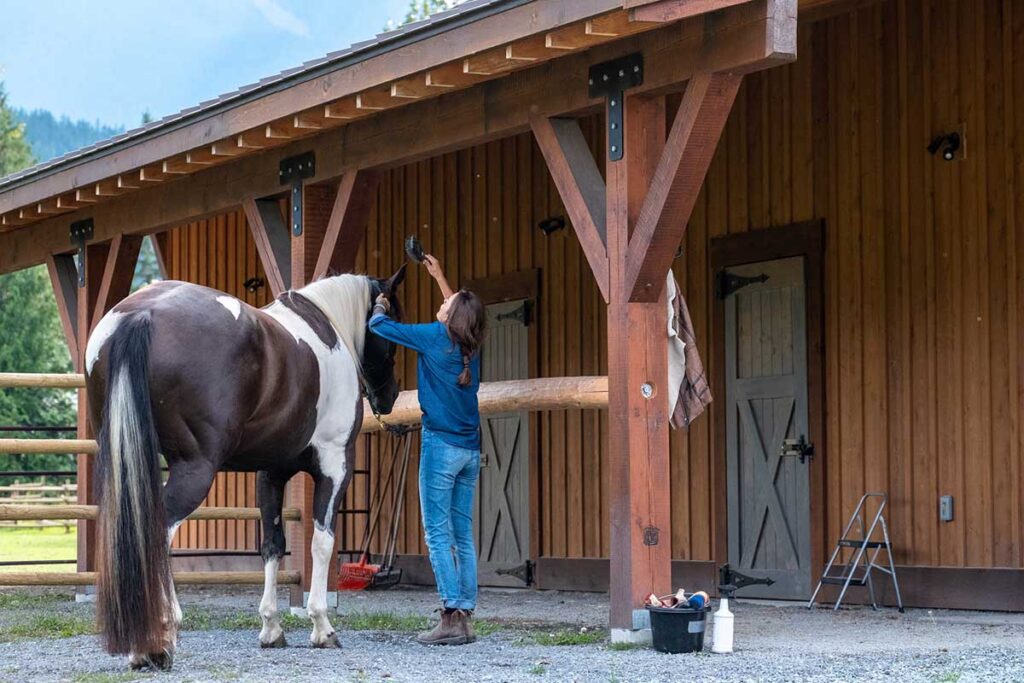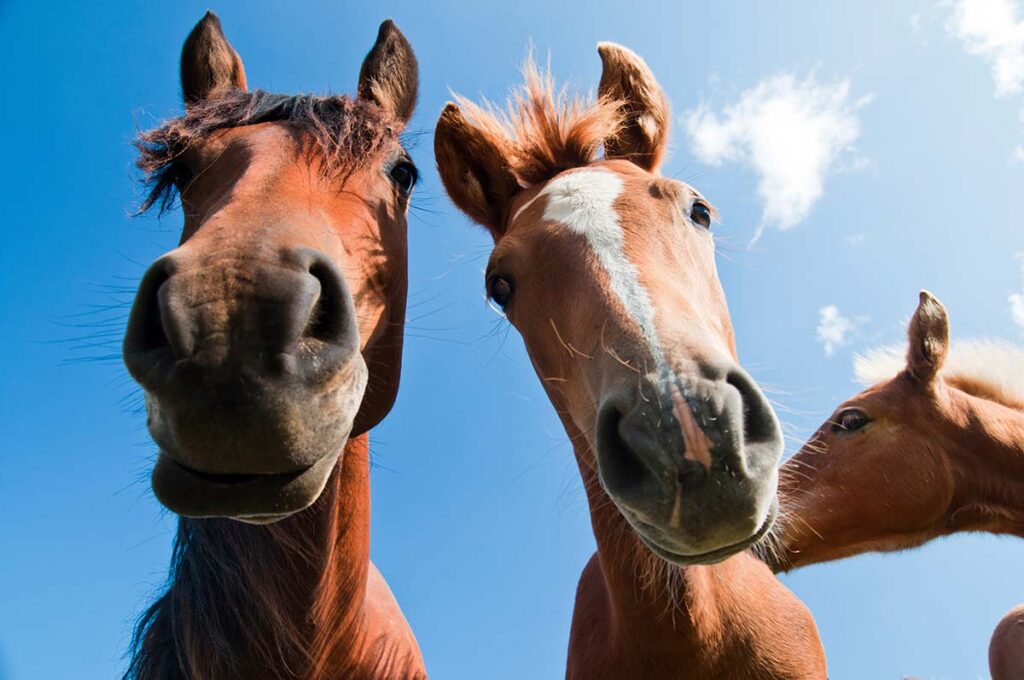If you’ve been wondering how (or why) to introduce this fibrous feed into your horse’s diet, you’ve come to the right place! Beet pulp is a byproduct of the sugar beet industry that many owners feed as a supplement or substitute for their horses’ hay and grain. It provides extra calories and fiber for horses that need them and is easy to digest. Feeding beet pulp, however, isn’t as simple as tossing your horse a flake of hay. Here’s how to feed it properly so your horse can benefit.
Why Is Beet Pulp Good for Your Horse?
Beet pulp can provide a horse with additional fiber and calories than hay alone. It’s highly digestible, breaks down easily in a horse’s gut, and has high moisture content. (It’s also affordable!) Your horse might benefit from the addition of beet pulp to his diet if:
- He has dental issues, because beet pulp is easier to chew than hay.
- He needs to gain weight.
- He needs extra calories because of his workload.
- He needs a low-sugar, low-starch feed, as is the case for horses that are insulin-resistant or have metabolic conditions.
- He has respiratory allergies, because soaked beet pulp is not as dusty as hay.
- Your hay is hard to come by or low-quality.
How Much Beet Pulp Should You Feed?
The amount of beet pulp you choose to feed your horse depends on his weight, needs, and whether you’re supplementing or replacing grain or forage in his diet. Horses should consume around 2% of their body weight daily in forage, and you can replace up to 50% of a horse’s forage ration with beet pulp. That’s up to 12 pounds of beet pulp per day for the average 1,200-pound horse. Don’t feed this amount all at once, however. Start with a small amount—1 or 2 pounds a day—and increase it gradually based on your horse’s body condition. When feeding beet pulp, you can offer it alone or mixed in with your horse’s grain.
Related: Changing a Horse’s Feed Safely: A Step-by-Step Guide
Soaking Beet Pulp
Veterinarians and nutritionists often recommend soaking beet pulp in water before feeding it to your horse. Doing so can make it tastier and easier to eat. Simply mix about two parts water (any temperature will do) with one part beet pulp in a bucket. The time it spends soaking depends on your end goal and the amount of water you’ve added. For instance, it might only take 15 minutes for the beet pulp to soften or a couple of hours to absorb the water completely. Some horses prefer a soupier concoction than others, so you might have to experiment to find the right mix.
Soaking beet pulp becomes more challenging in hot and freezing temperatures. In the summer, try to feed it soon after soaking, because it can spoil in less than a day if left out in the heat. (If it smells like vinegar, toss it.) In winter, soak beet pulp in warm water to prevent it from freezing.
Beet pulp comes in two forms: shredded and pelleted. Both are good options for horses, but the shredded form soaks faster than the pelleted.
Take-Home Message
Beet pulp can provide your horse with the fiber and calories he needs to maintain good health and condition. It does not, however, serve as the standalone ingredient in your horse’s diet. Work with your veterinarian or equine nutritionist to determine whether your horse could benefit from this fiber source. They can also help you calculate the appropriate amount to feed.
Are you enjoying this content? Sign up for My New Horse’s FREE newsletter to get the latest horse owner info and fun facts delivered straight to your inbox!








